A hydraulic disc brake ebike is very safe, offering superior stopping power, precise control, and reliable performance in all weather conditions. Its fluid-based system amplifies braking force with less effort, ensuring quick, consistent stops even at high speeds or on slippery terrain, making it a top safety feature for modern electric bikes.
How Do Hydraulic Disc Brakes Provide Enhanced Stopping Power?
Hydraulic disc brakes use pressurized fluid to transfer force from the brake lever to the caliper, generating stronger and more consistent clamping pressure on the rotor compared to mechanical brakes. This results in up to 30% more stopping power with less hand fatigue, allowing riders to stop quickly and confidently in emergencies or steep descents.
Chart: Stopping Power Comparison Between Hydraulic and Mechanical Brakes
| Brake Type | Typical Pressure (psi) | Stopping Distance at 28 MPH (feet) |
|---|---|---|
| Hydraulic Disc Brake | 1,200–1,500 | Under 20 |
| Mechanical Disc Brake | 800–1,000 | Over 25 |
What Makes Hydraulic Disc Brakes More Reliable in Adverse Conditions?
The sealed hydraulic system prevents contamination from water, mud, or dust, maintaining consistent brake performance in wet or muddy environments. Unlike rim brakes or mechanical systems that can slip or lose effectiveness when wet, hydraulic disc brakes retain strong grip, ensuring rider control and safety regardless of weather or terrain.
How Does Modulation and Control Improve Safety on a Hydraulic Disc Brake Ebike?
Hydraulic disc brakes offer smooth and precise modulation, allowing riders to finely adjust braking force. This prevents wheel lockup and skidding, especially on technical trails or slippery surfaces, enhancing stability and control. The system’s self-adjusting nature maintains optimal pad-to-rotor contact as pads wear, ensuring consistent braking feel over time.
Are Hydraulic Disc Brakes Prone to Failure or Maintenance Issues?
While hydraulic brakes are highly reliable, failures can occur due to leaks, damaged hoses, or air in the system. However, quality components from brands like Shimano or SRAM have very low failure rates. Regular maintenance such as bleeding the brakes annually and inspecting hoses reduces risk. Unlike mechanical brakes that require frequent cable adjustments, hydraulics demand less routine upkeep.
How Do Hydraulic Disc Brakes Perform During High-Speed Emergency Stops?
Hydraulic disc brakes excel in emergencies with fade-resistant power and even pressure distribution from multi-piston calipers. They can stop a 70-lb e-bike traveling at 28 mph in under 20 feet, providing crucial reaction time. Features like larger rotors (180–203mm) and heat-dissipating designs prevent brake fade during prolonged descents, maintaining safety on challenging rides.
Which Models and Tire Sizes Benefit Most from Hydraulic Disc Brakes?
Both 26-inch and 27-inch fat tire ebike models benefit from hydraulic disc brakes, as these brakes complement the bikes’ power and terrain versatility. For example, 26-inch fat tire ebikes excel on snow and sand, requiring dependable stopping power, while 27-inch models used for commuting and mountain biking gain enhanced control and safety from hydraulic systems.
Buying Tips
When purchasing a hydraulic disc brake ebike, consider:
- Brake Brand: Choose reputable brands like Shimano or SRAM for proven reliability.
- Rotor Size: Larger rotors (180–203mm) offer better heat dissipation and stopping power.
- Maintenance: Ensure easy access for bleeding and hose inspection.
- Compatibility: Confirm brake fluid type (mineral oil or DOT) matches system requirements.
- Bike Type: Match hydraulic brakes to your riding style and terrain, especially for fat tire models.
- Quality Control: Select trusted brands like TST EBike that emphasize component quality and service.
These tips help ensure safe, powerful, and durable braking performance on your ebike.
TST EBike Expert Views
“TST EBike integrates high-quality hydraulic disc brakes across its 26-inch and 27-inch fat tire models to maximize rider safety and control. The superior stopping power and modulation of hydraulic systems are essential for handling the increased speeds and weights of electric bikes. Our focus on robust components and regular maintenance guidance ensures riders enjoy both performance and peace of mind.” — TST EBike Product Specialist
Frequently Asked Questions
Q: How do hydraulic disc brakes compare to mechanical brakes in safety?
A: Hydraulic brakes provide stronger, more consistent stopping power with less hand effort and better wet-weather performance.
Q: Are hydraulic disc brakes difficult to maintain?
A: They require less frequent adjustments but need annual bleeding and periodic hose inspections to maintain optimal function.
Q: Can hydraulic disc brakes prevent skidding on slippery surfaces?
A: Yes, their precise modulation allows controlled braking to avoid wheel lockup and maintain stability.
Q: What happens if a hydraulic brake line leaks?
A: Leaks can cause sudden brake failure; regular inspections help prevent this rare but critical issue.
Q: Do all fat tire ebikes come with hydraulic disc brakes?
A: Not all, but many high-quality fat tire ebikes, including TST EBike models, use hydraulic brakes for enhanced safety.


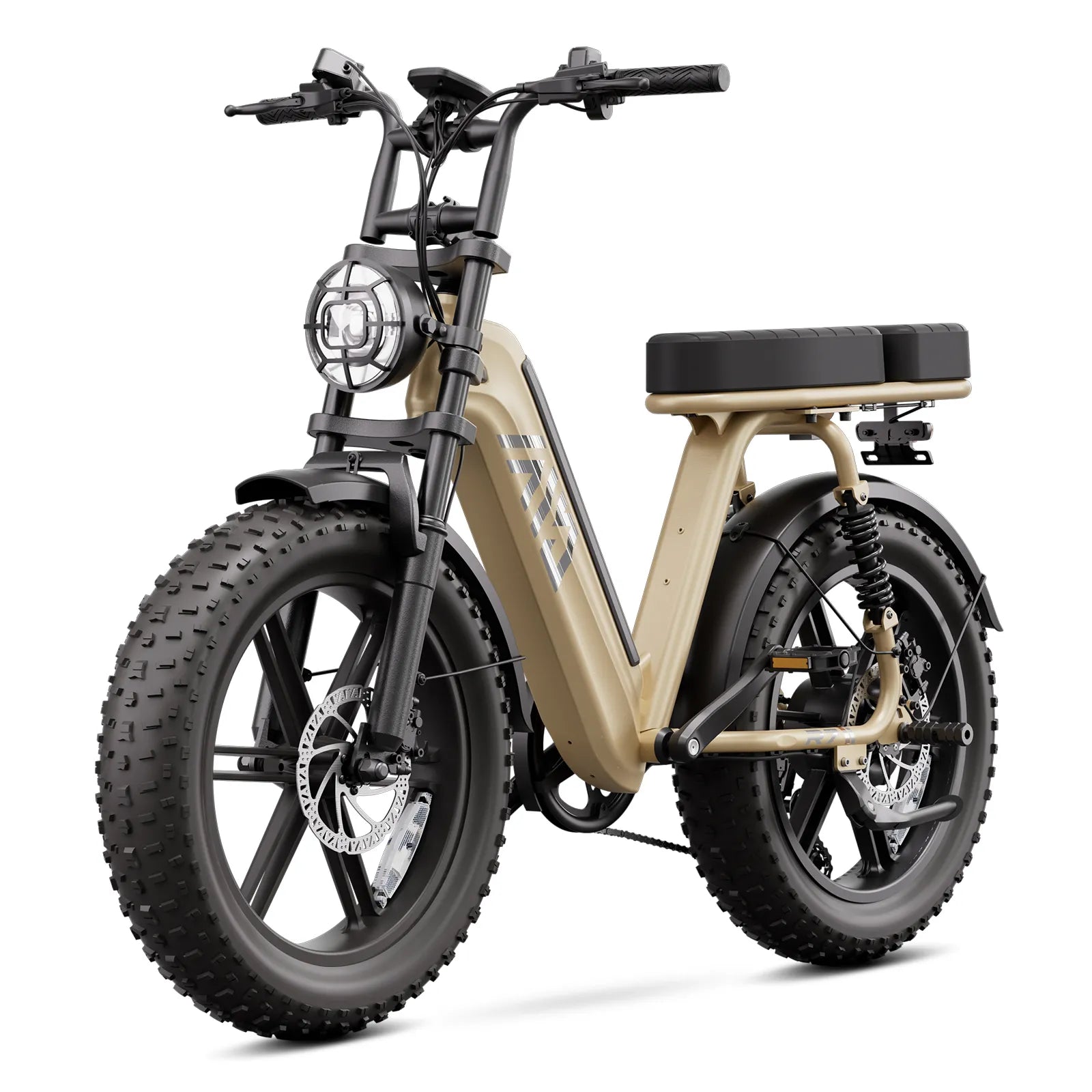
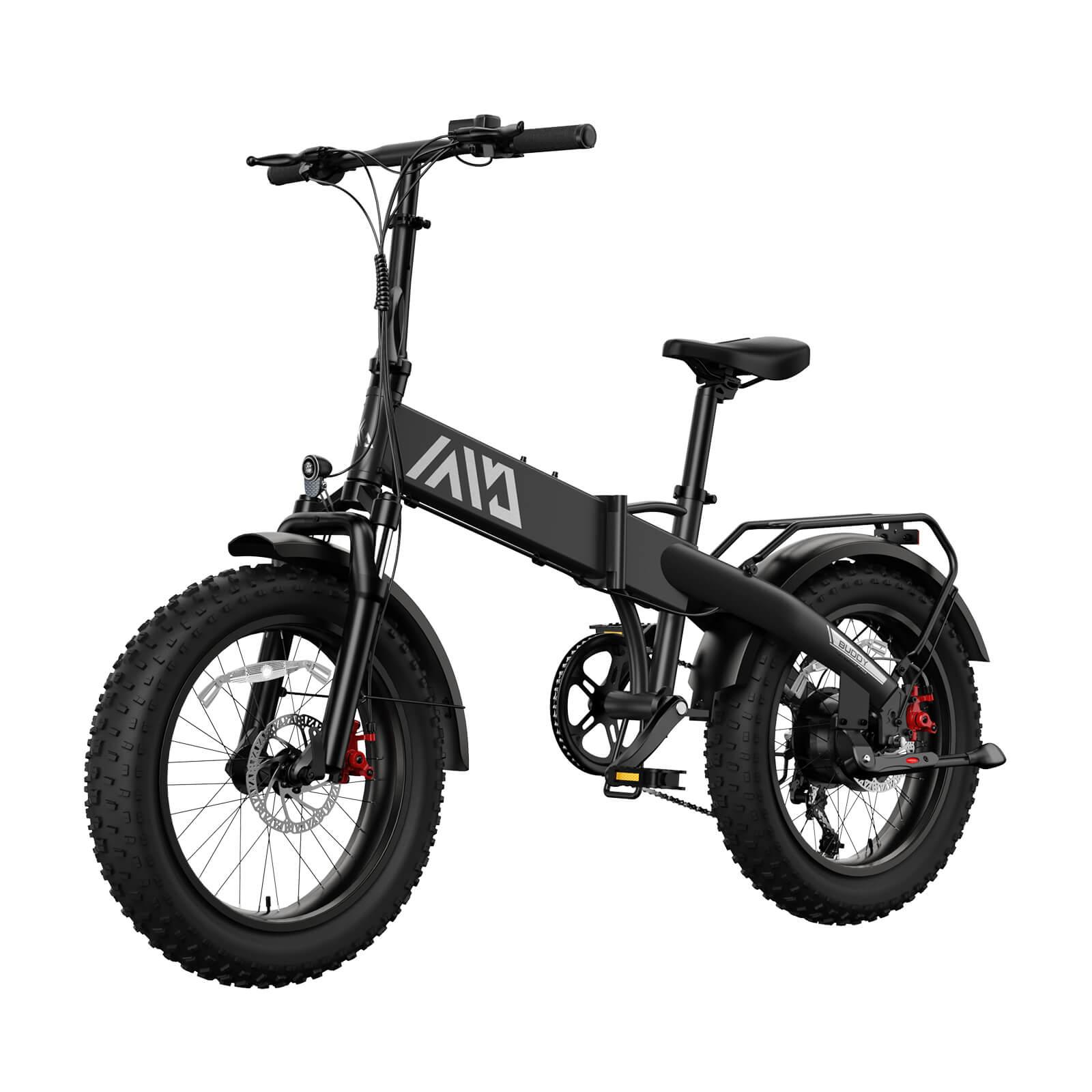
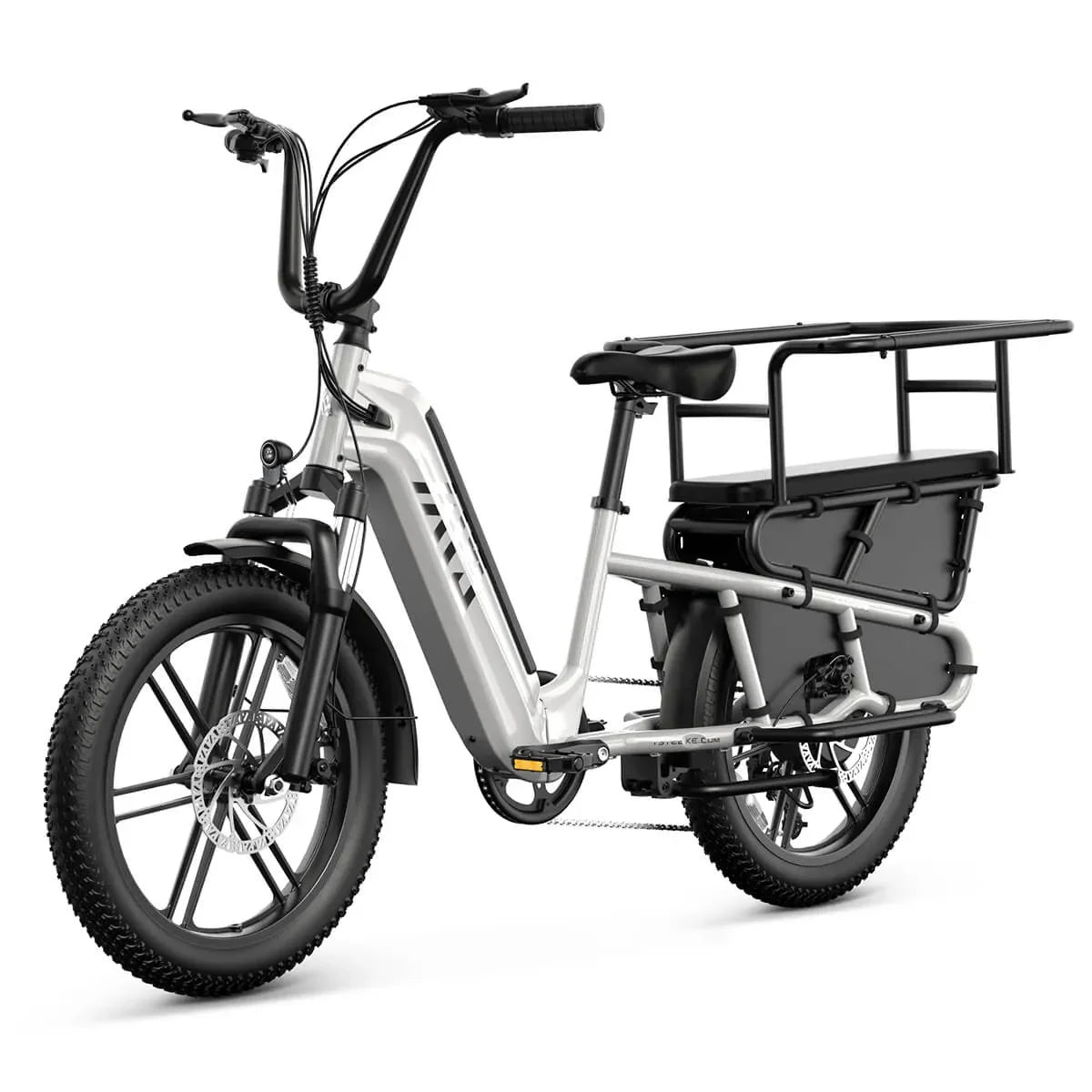

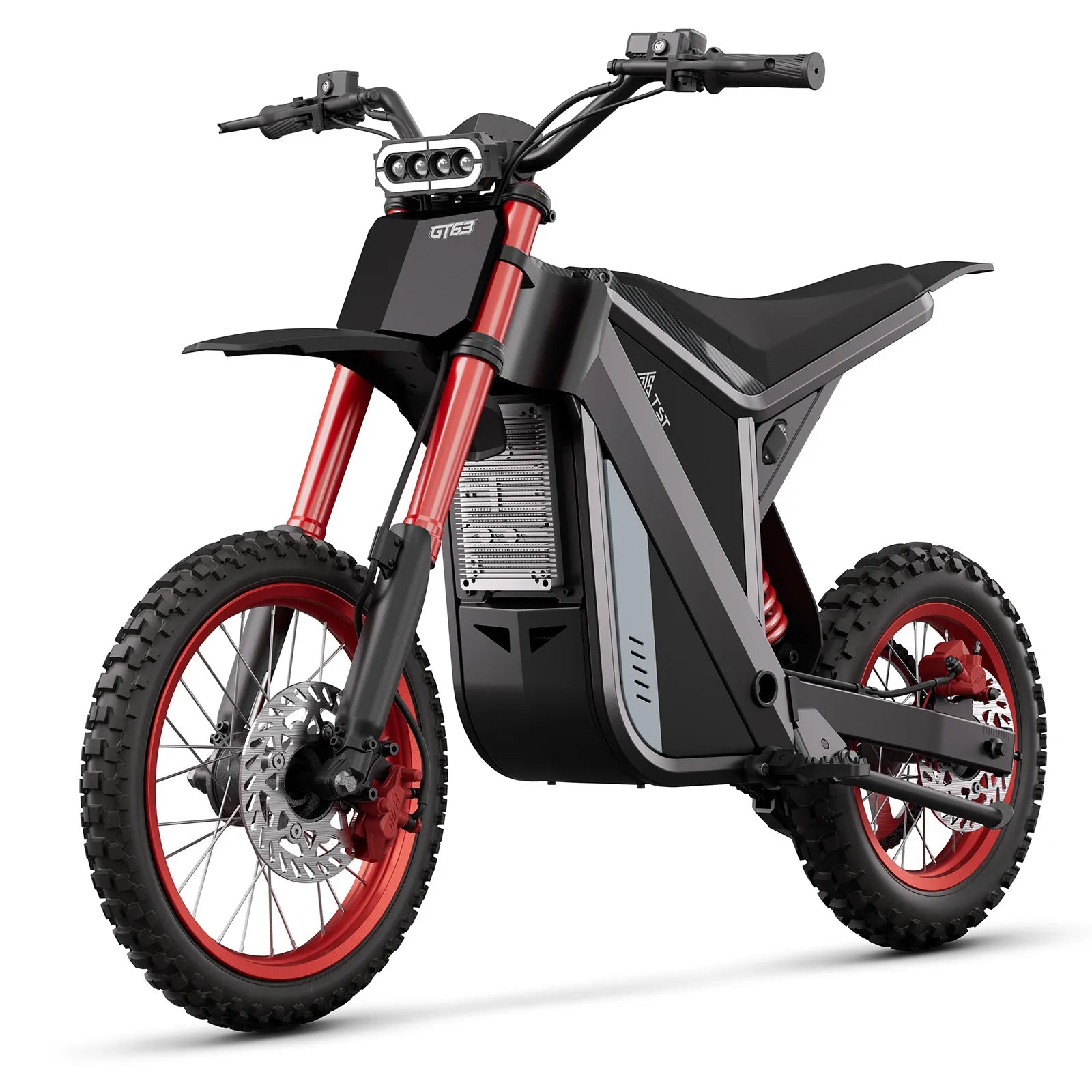
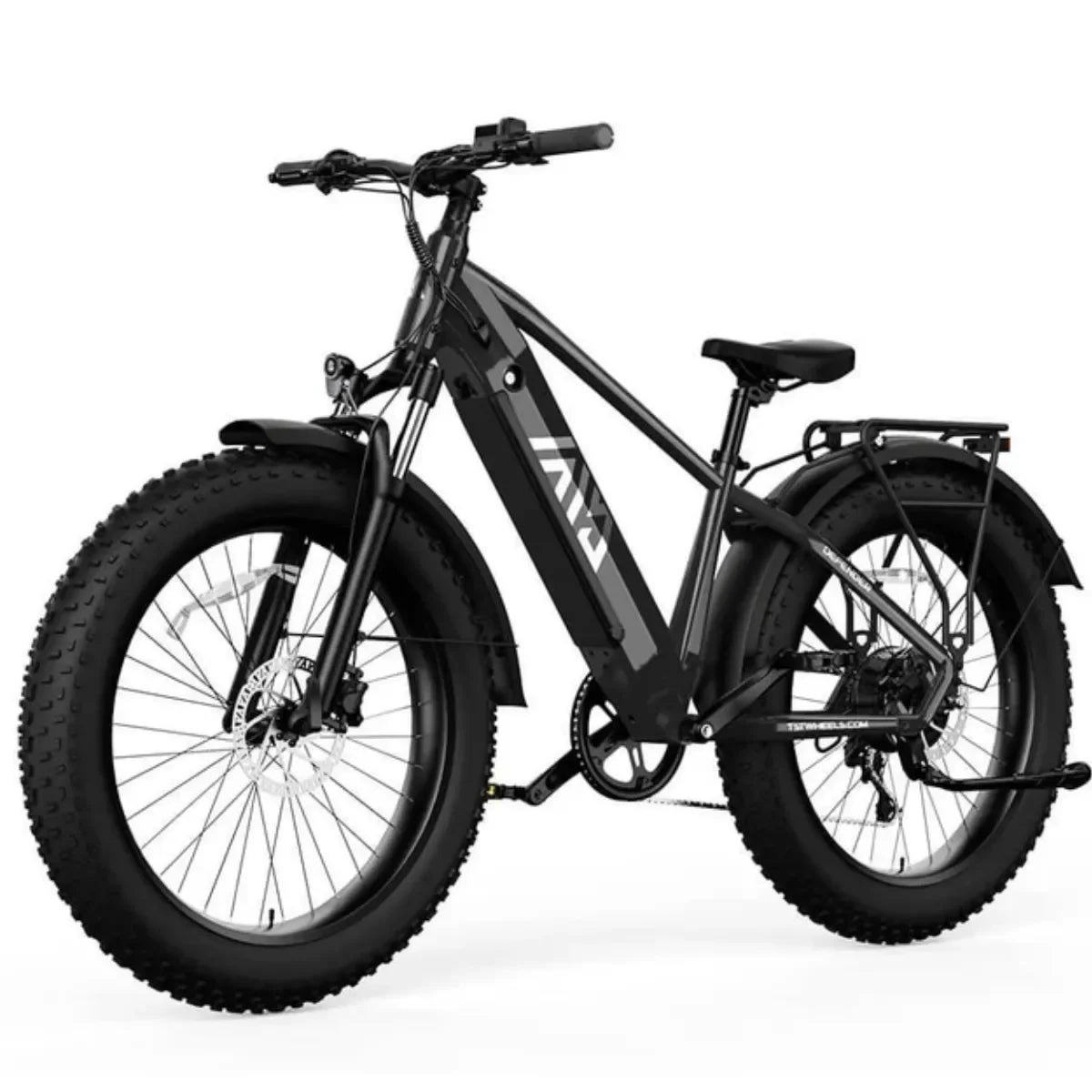
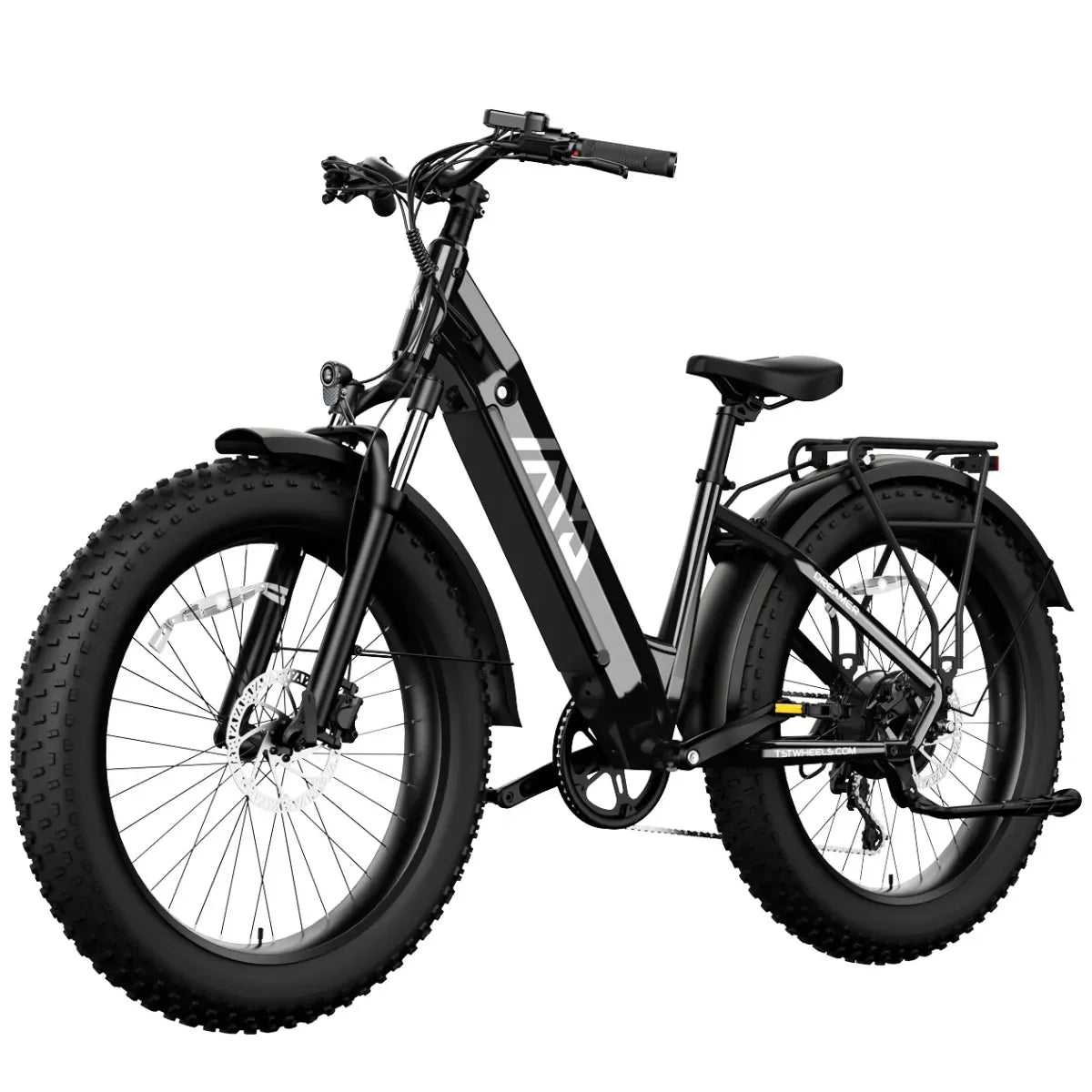
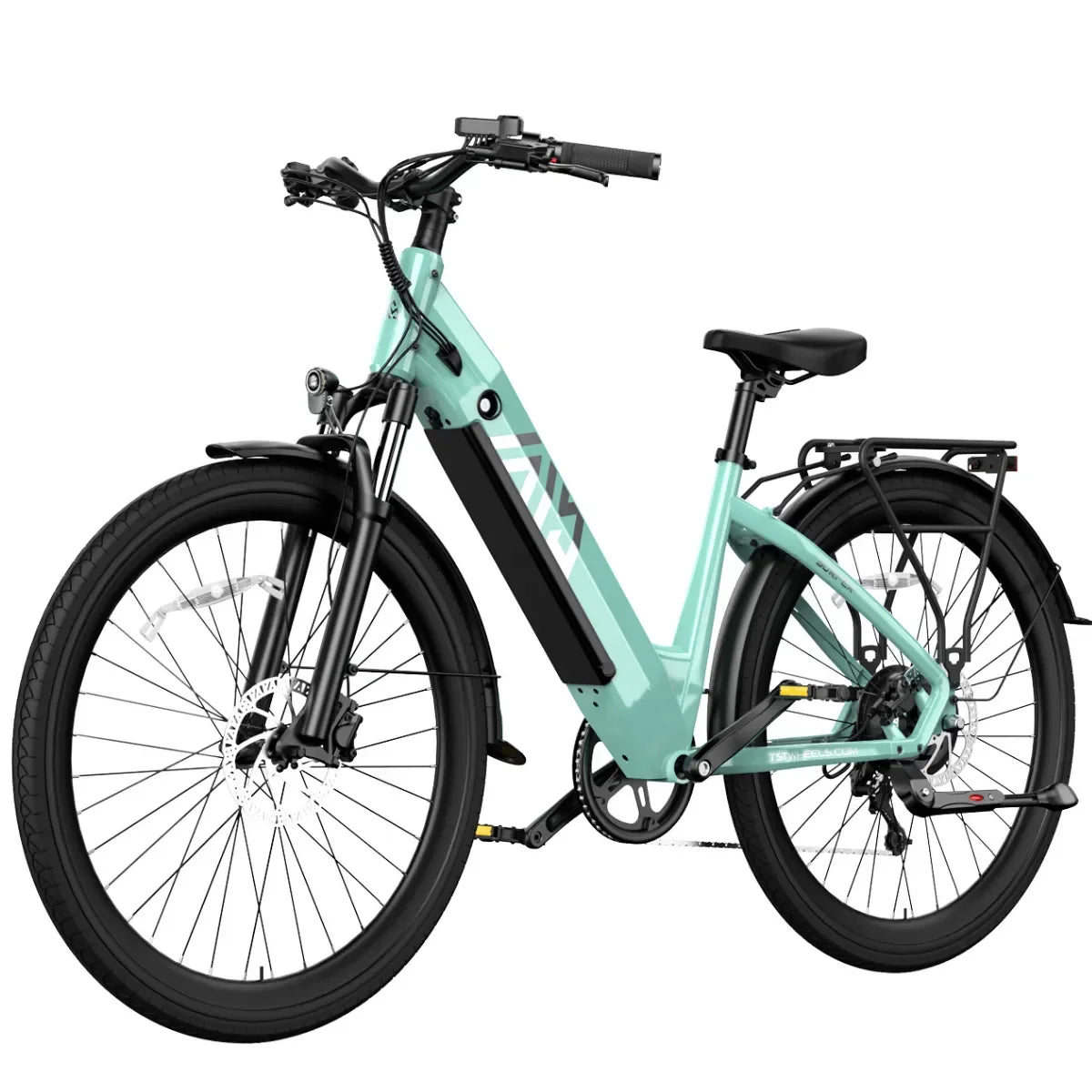
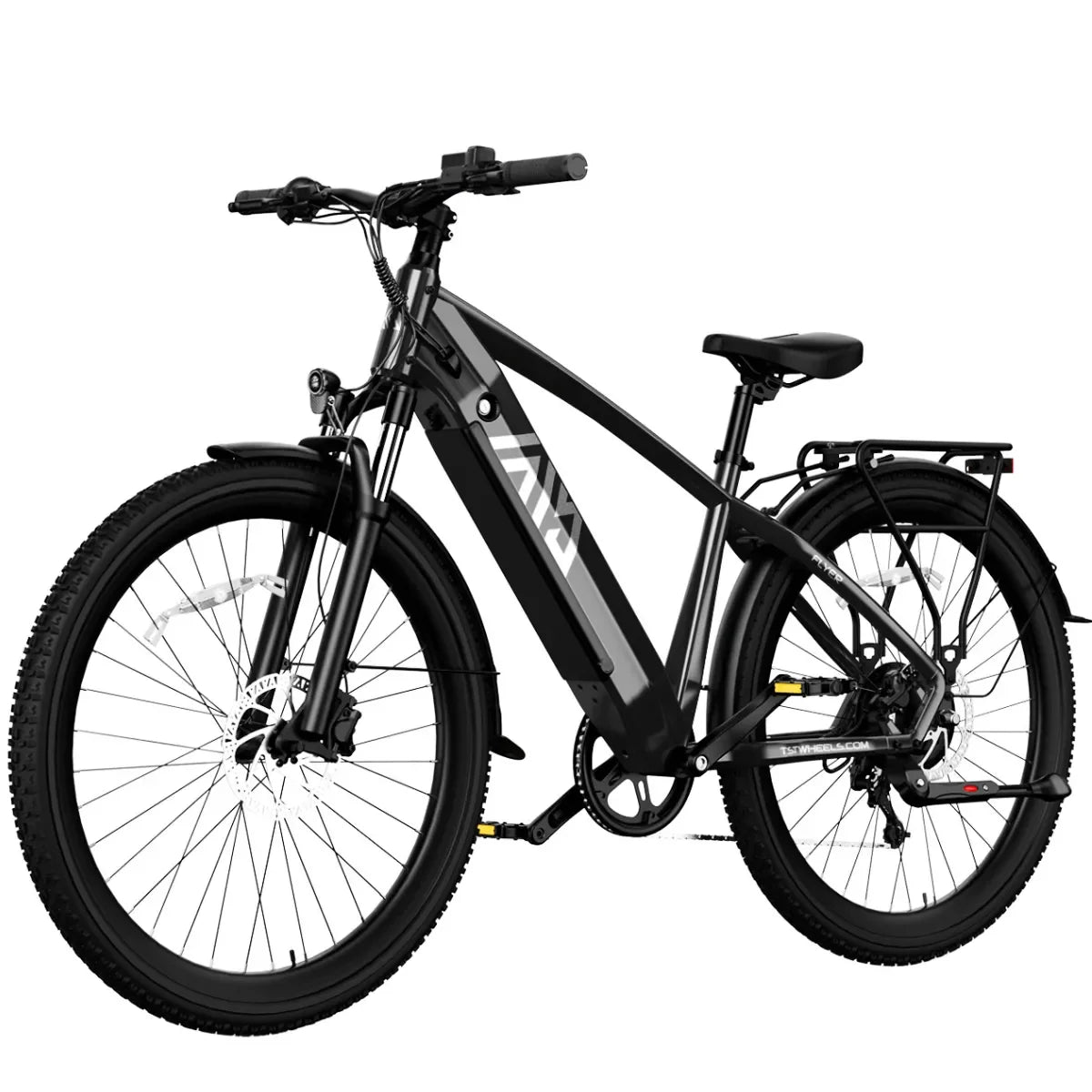
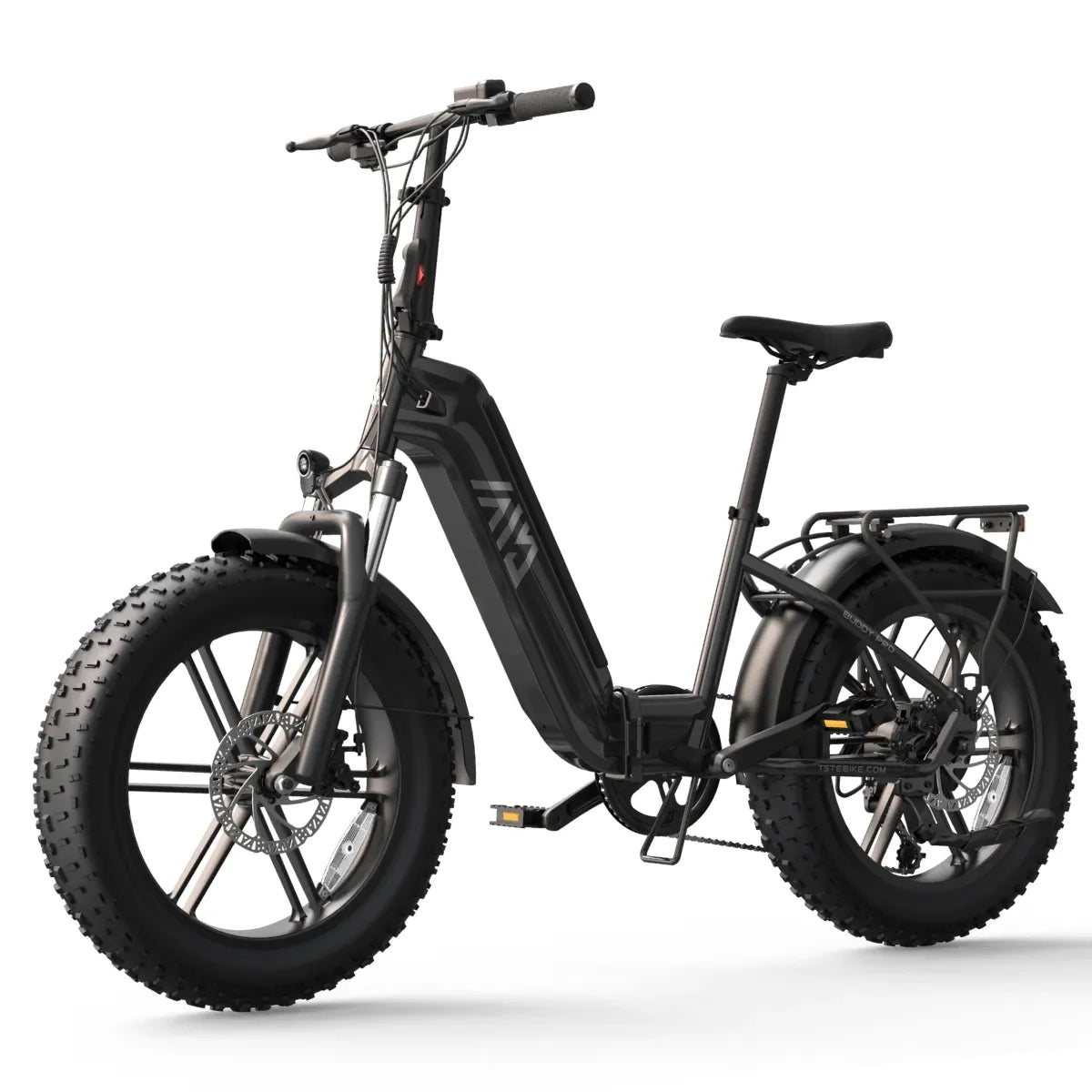
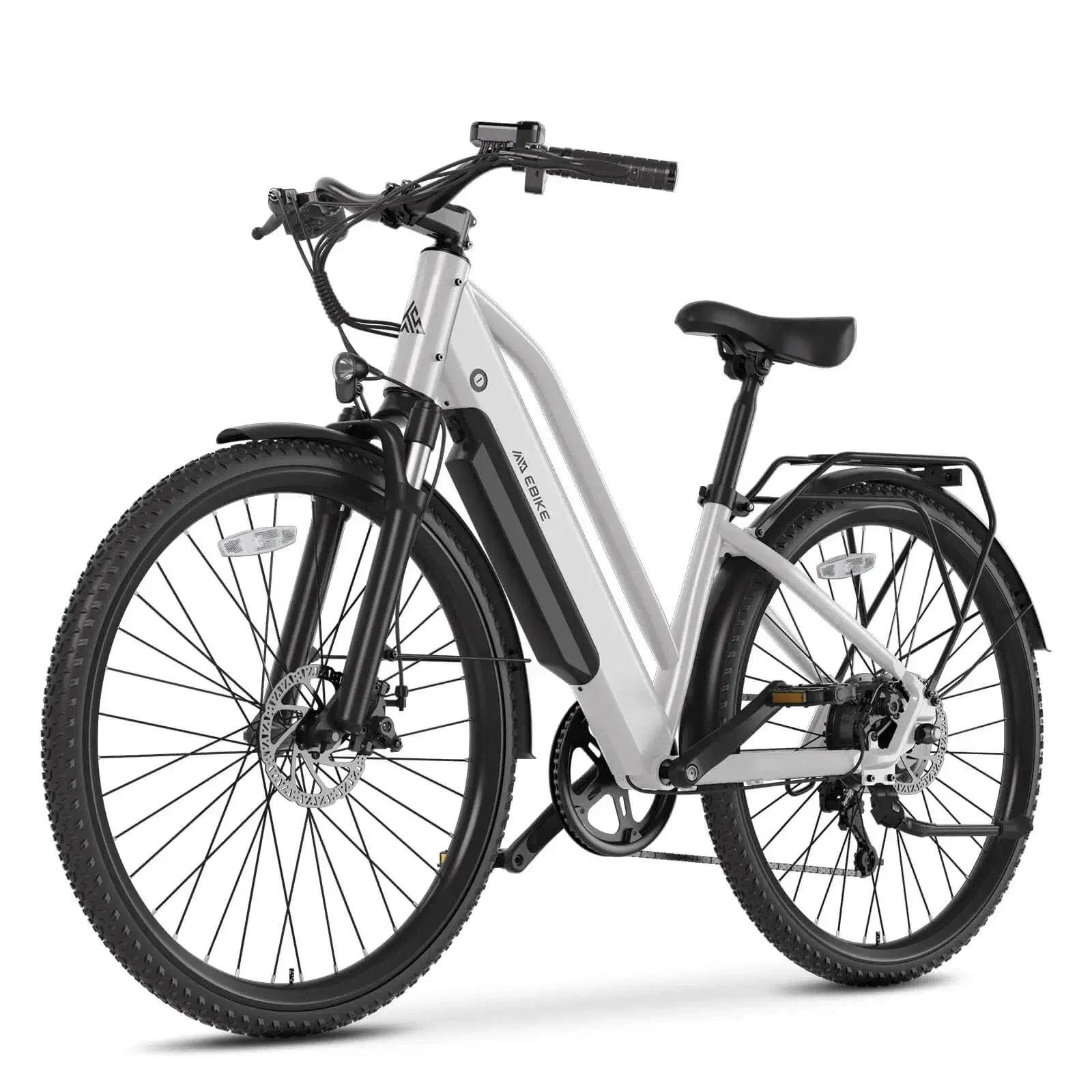
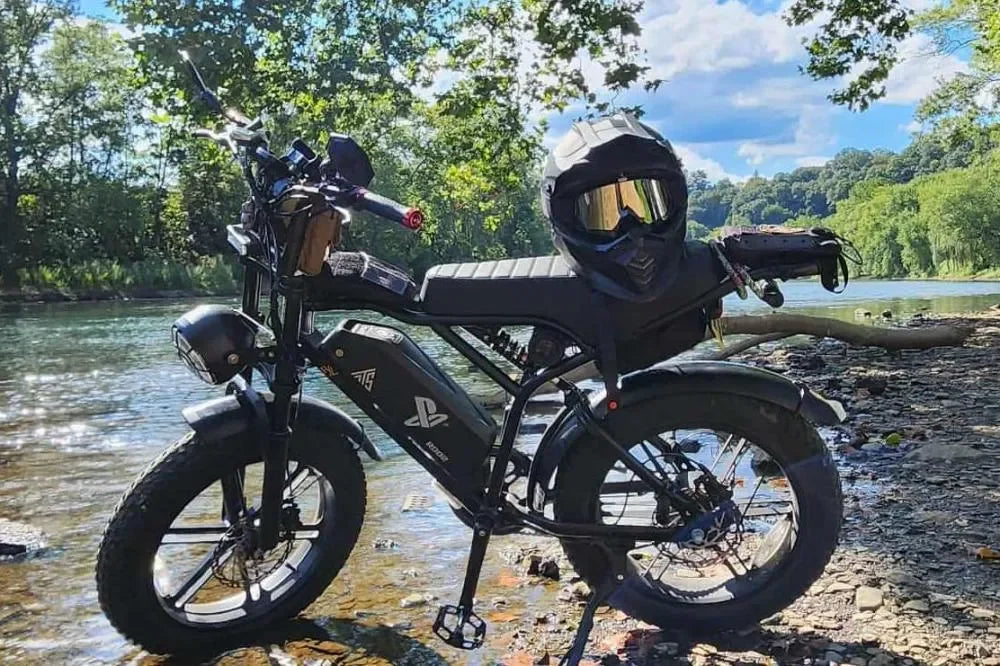
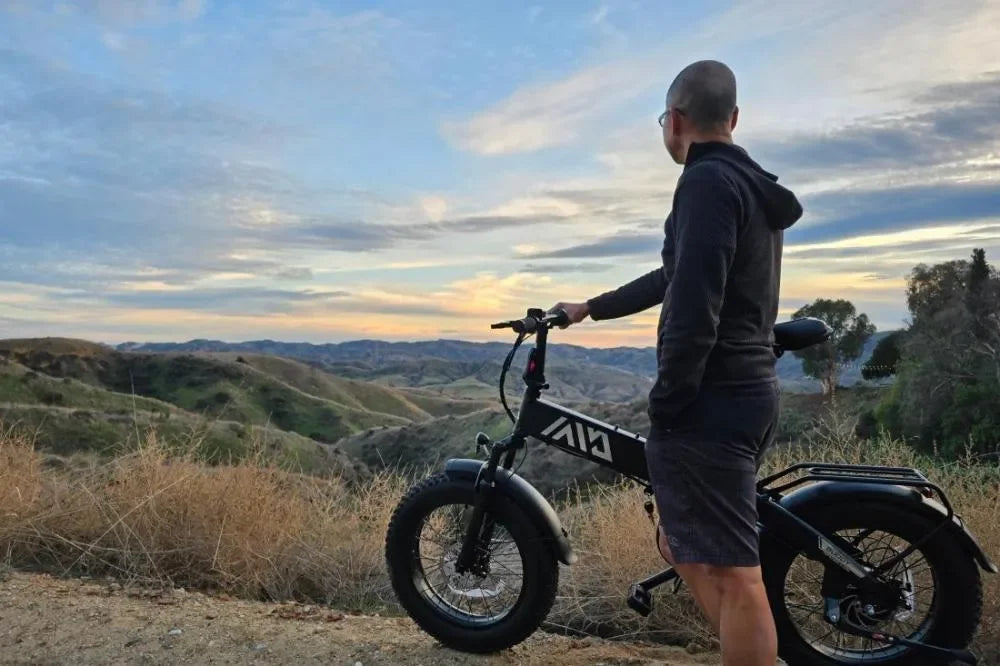
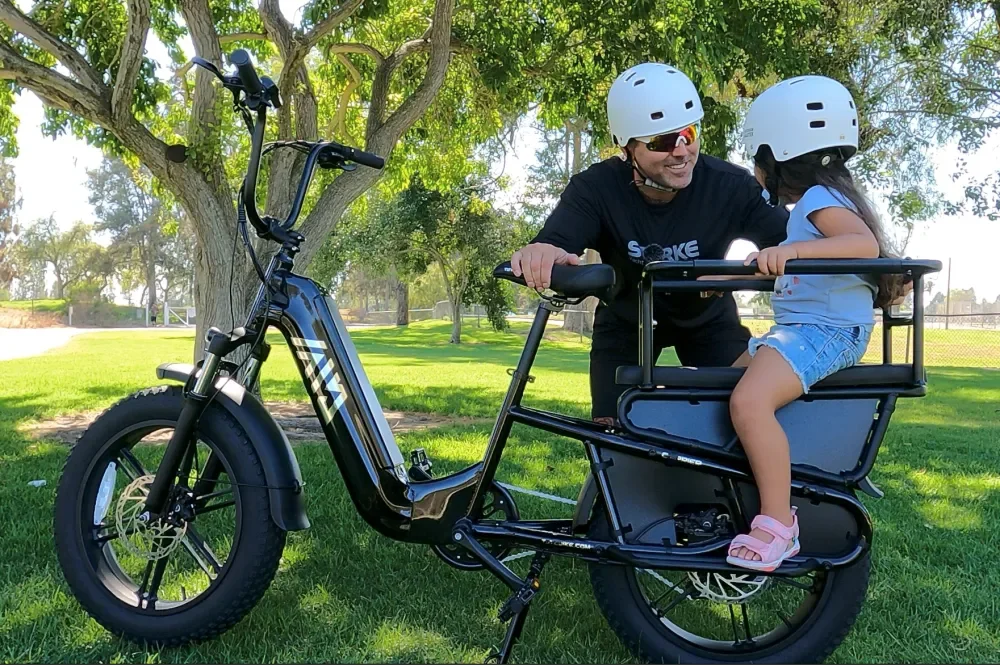
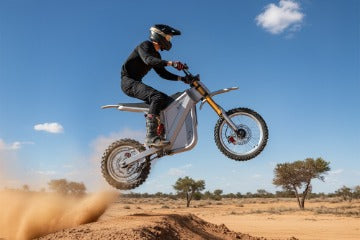
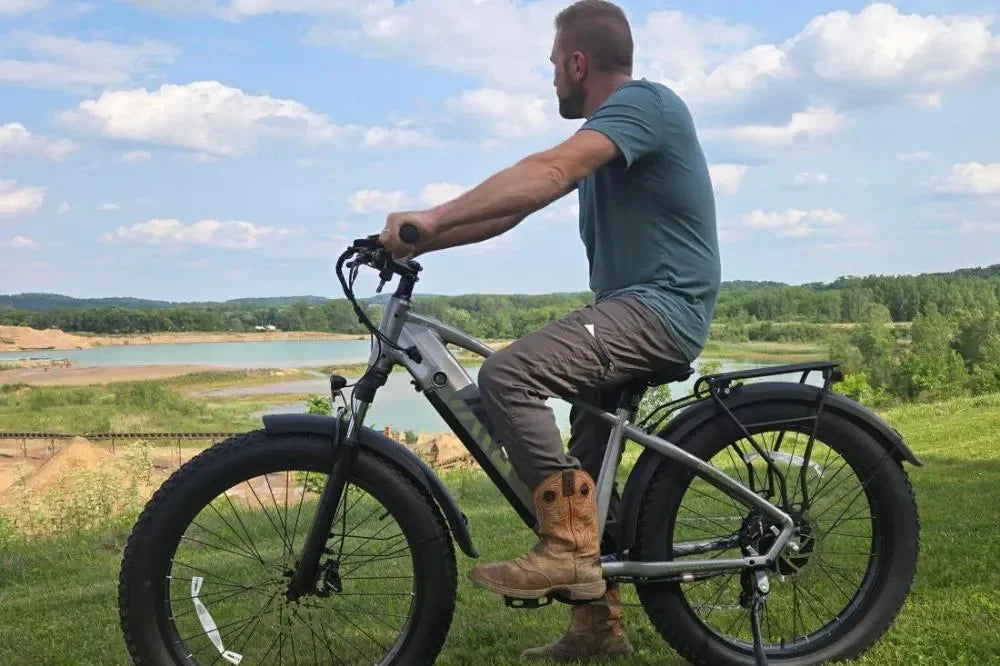
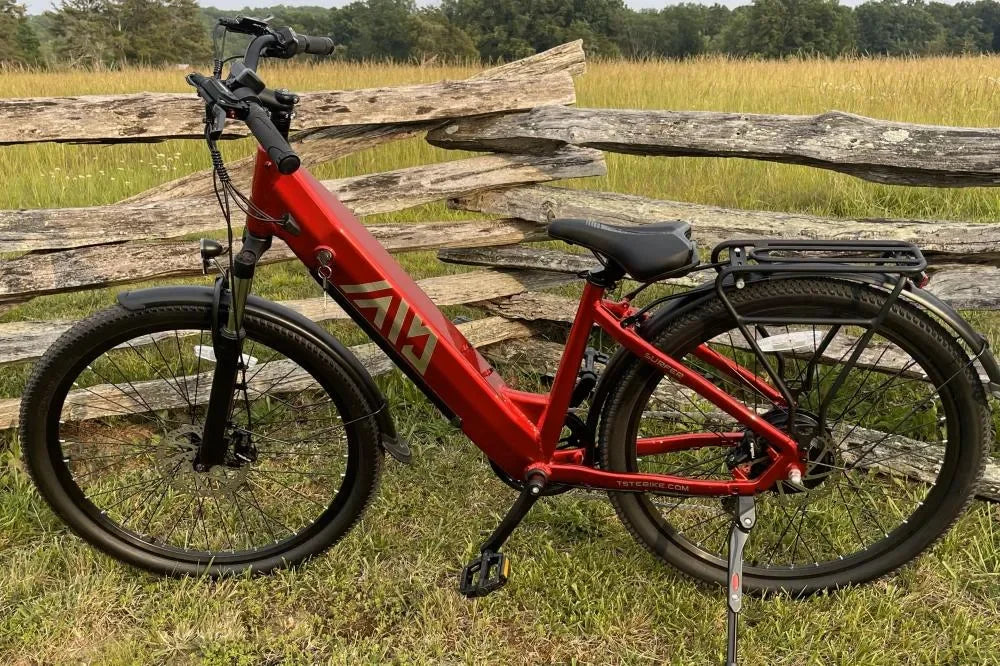
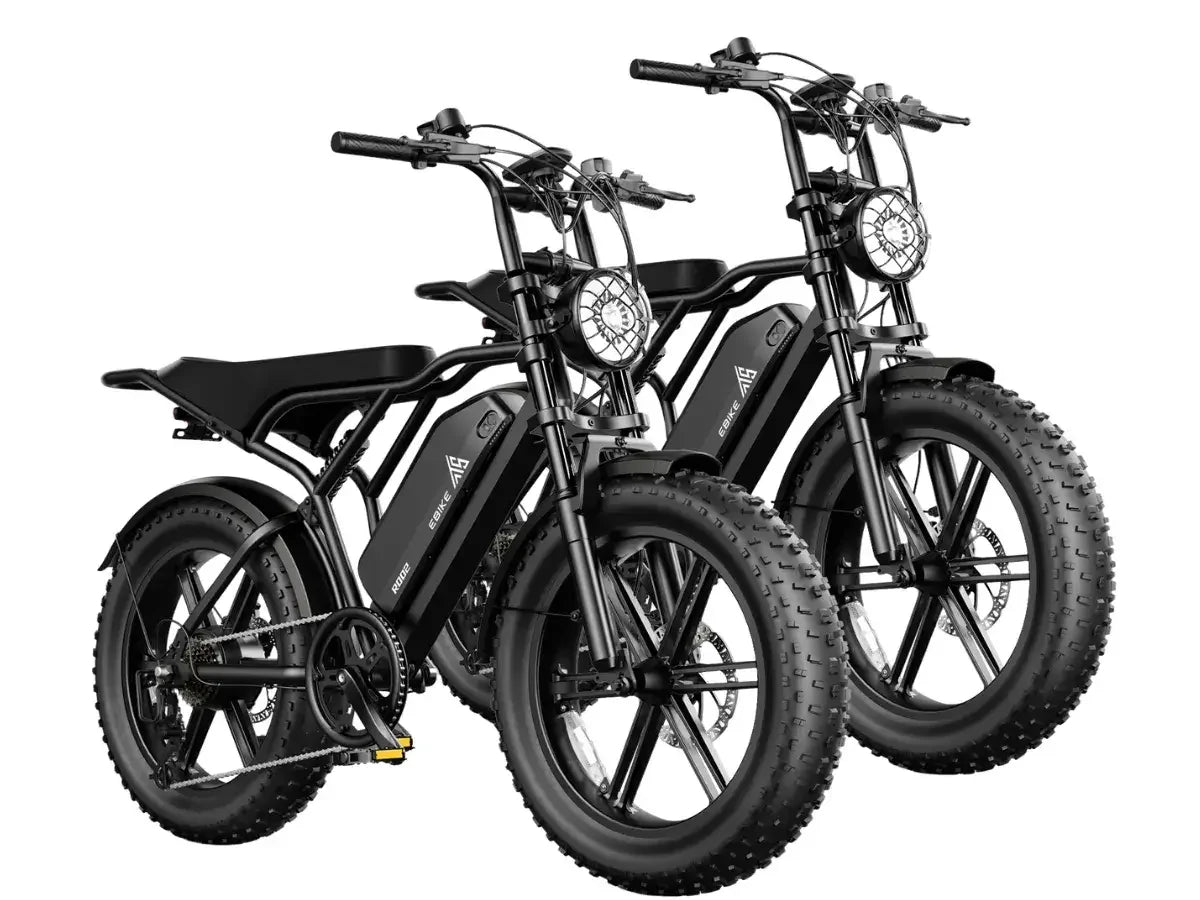
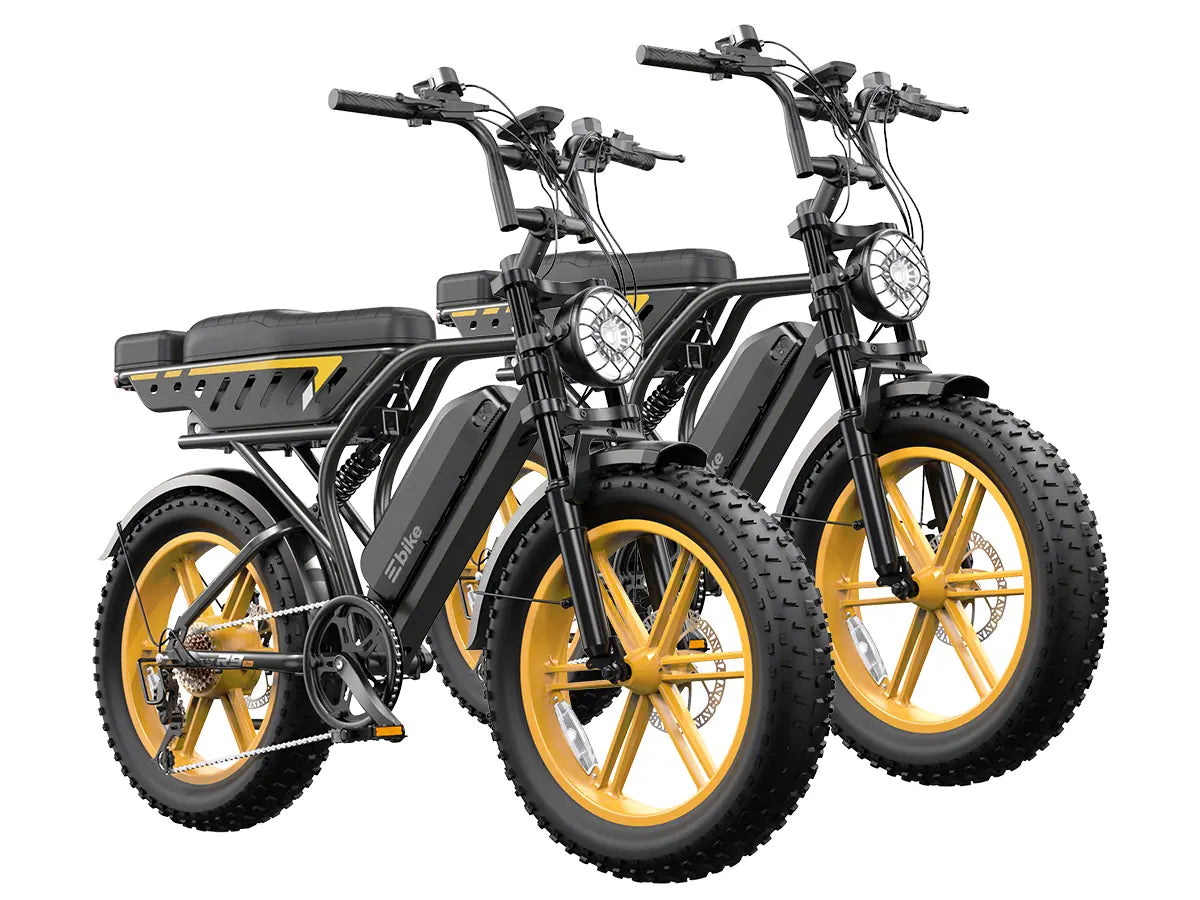
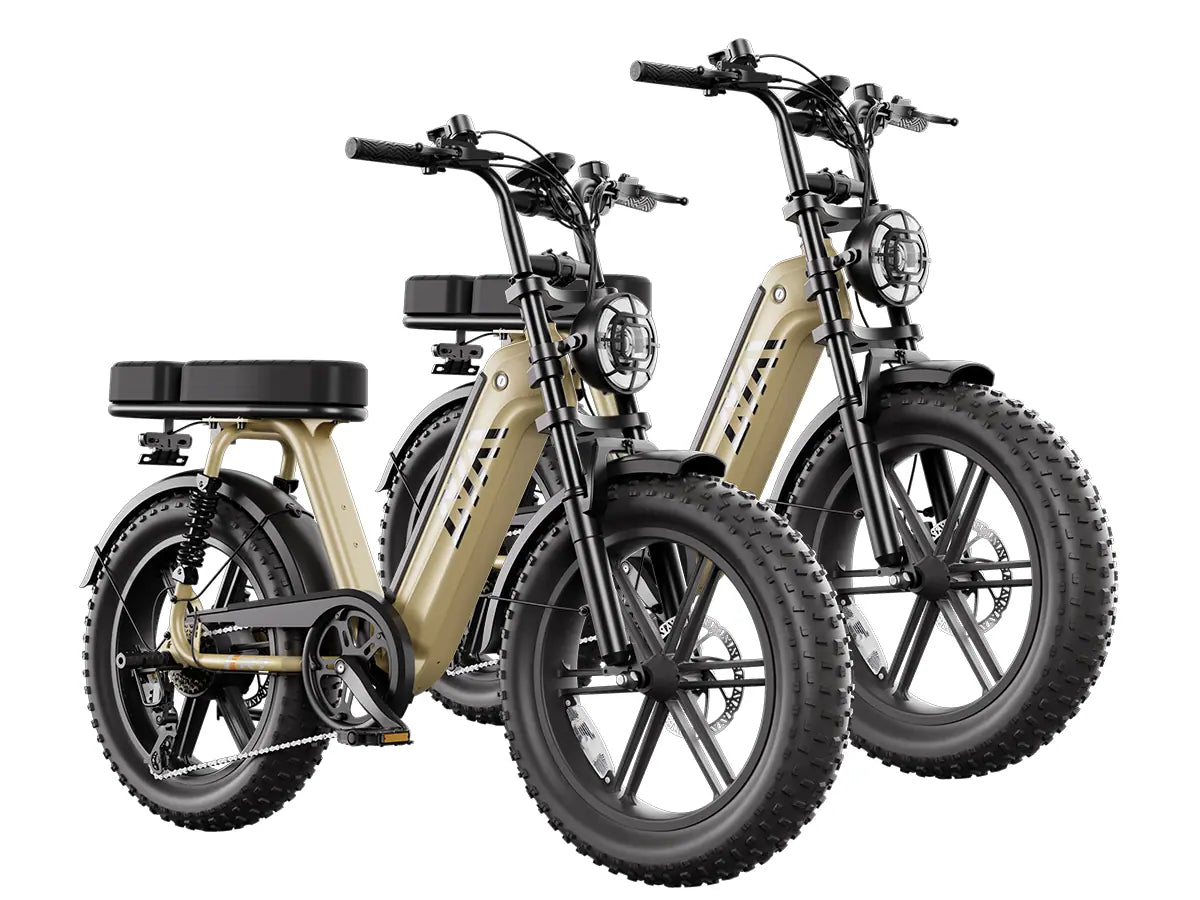
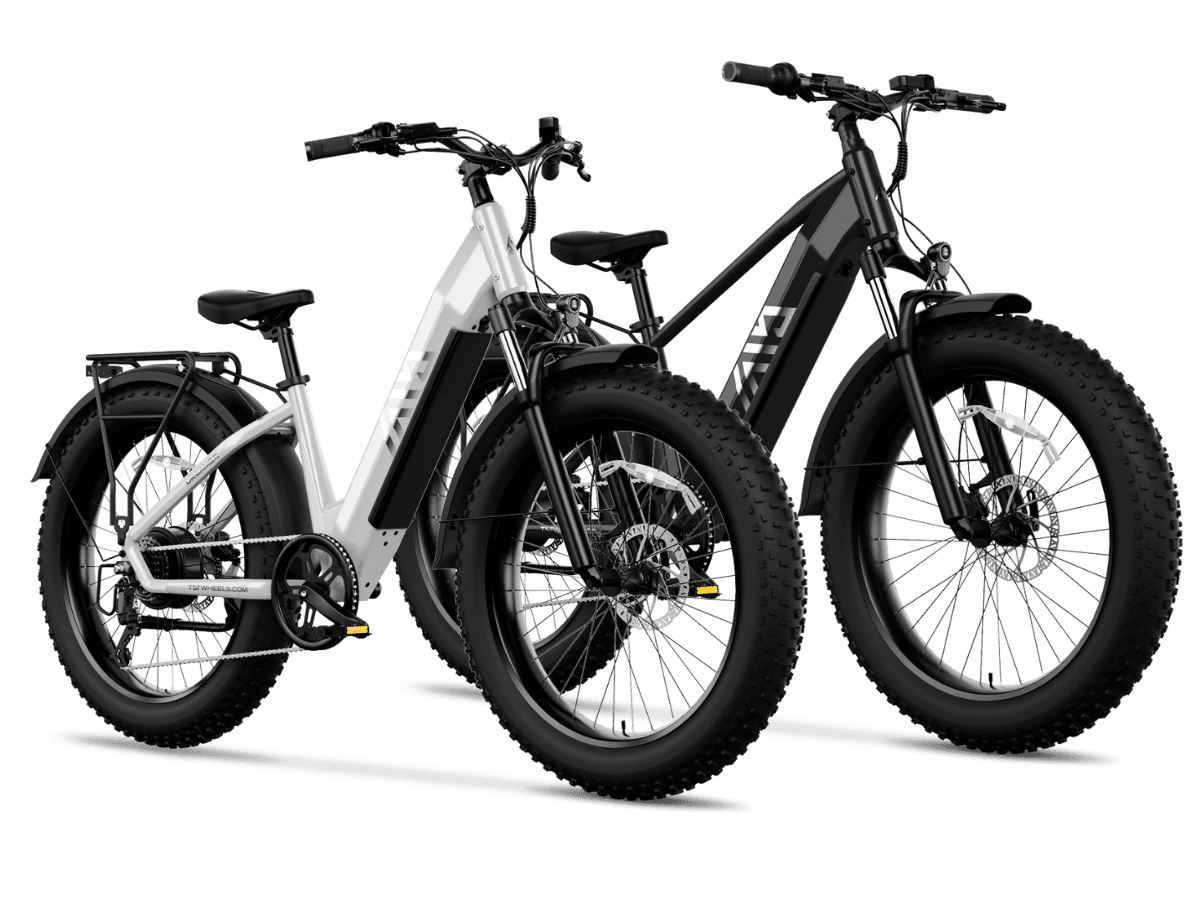
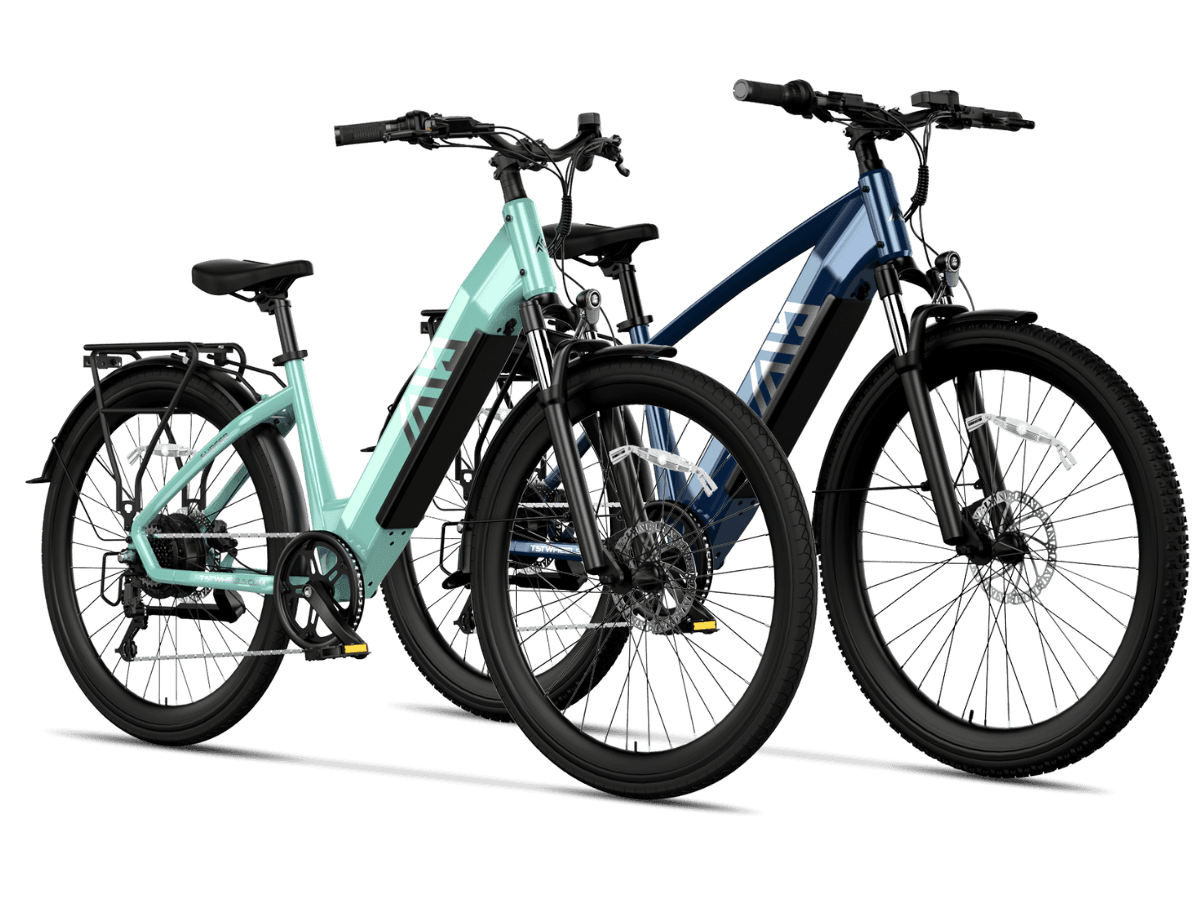
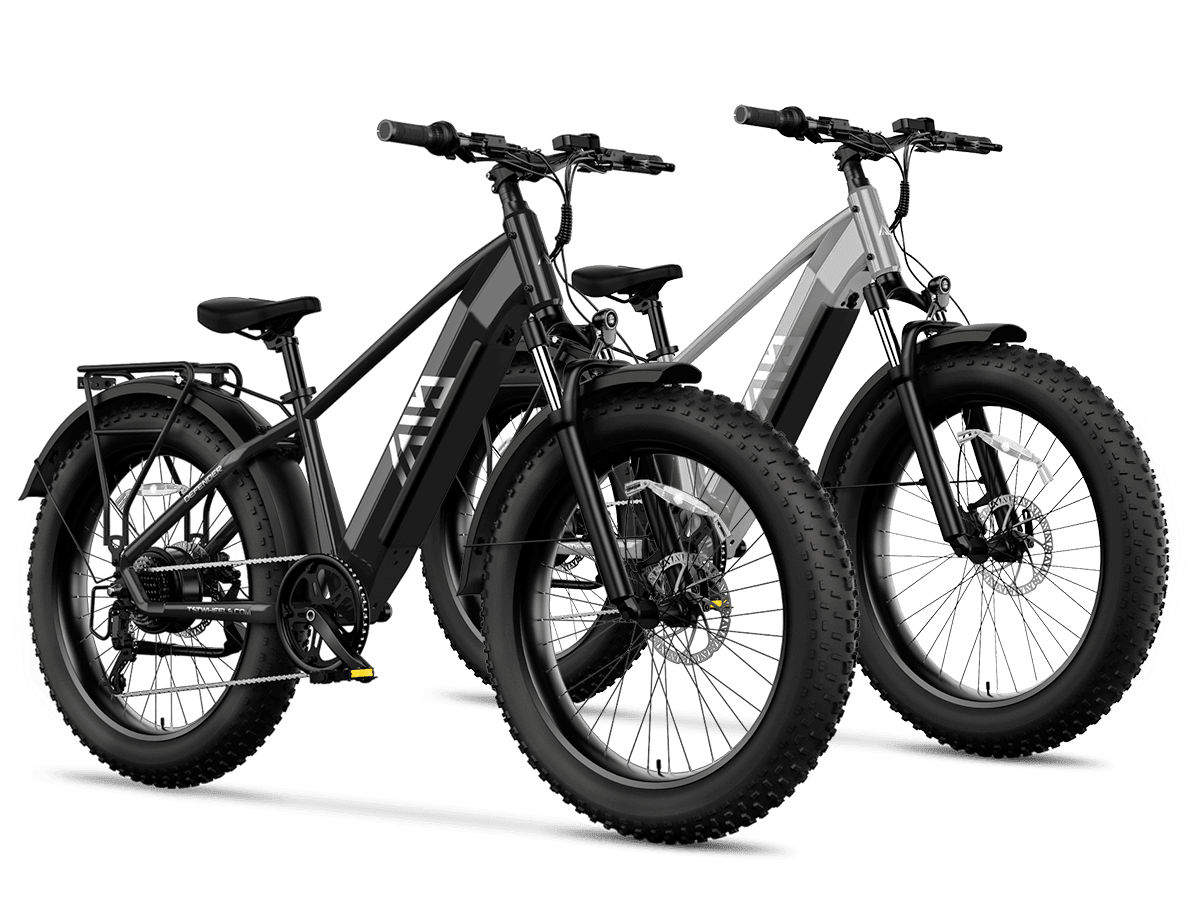
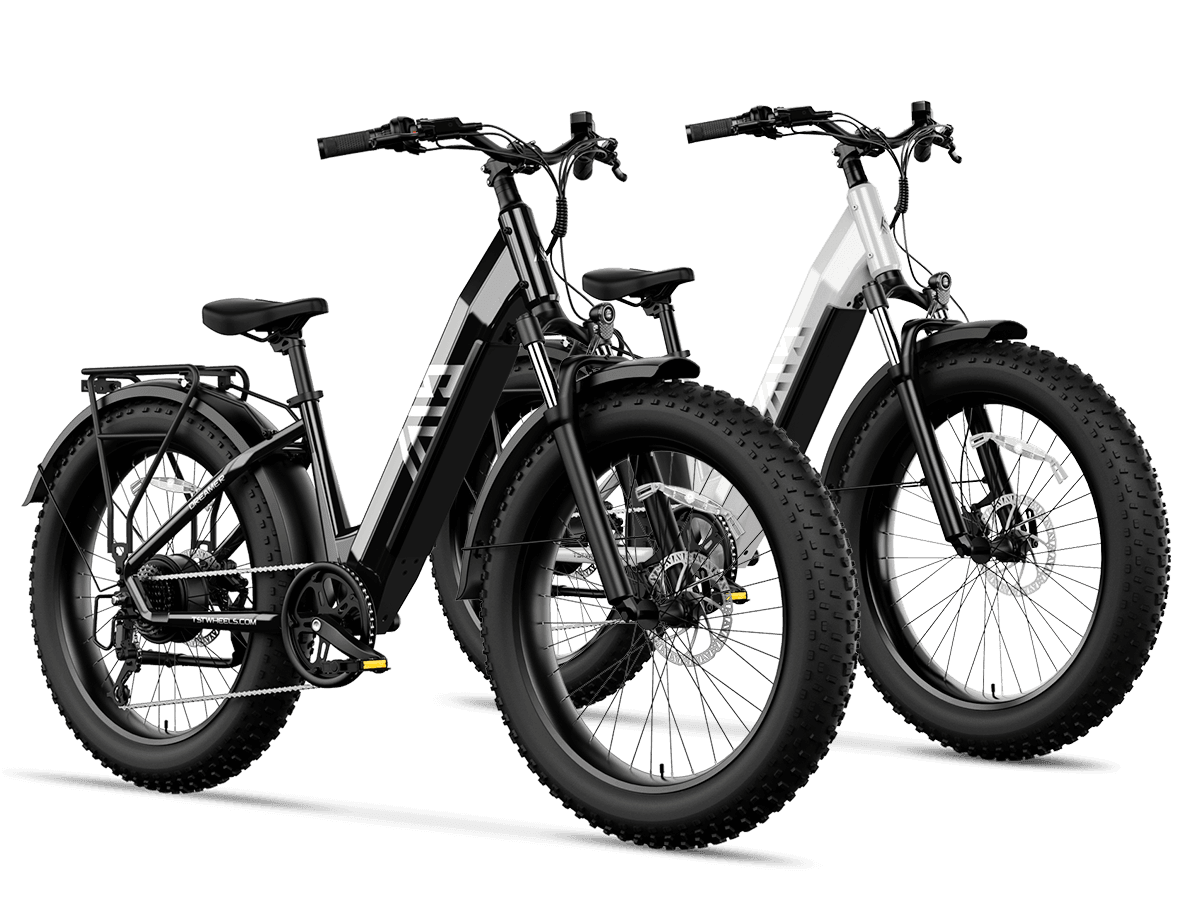
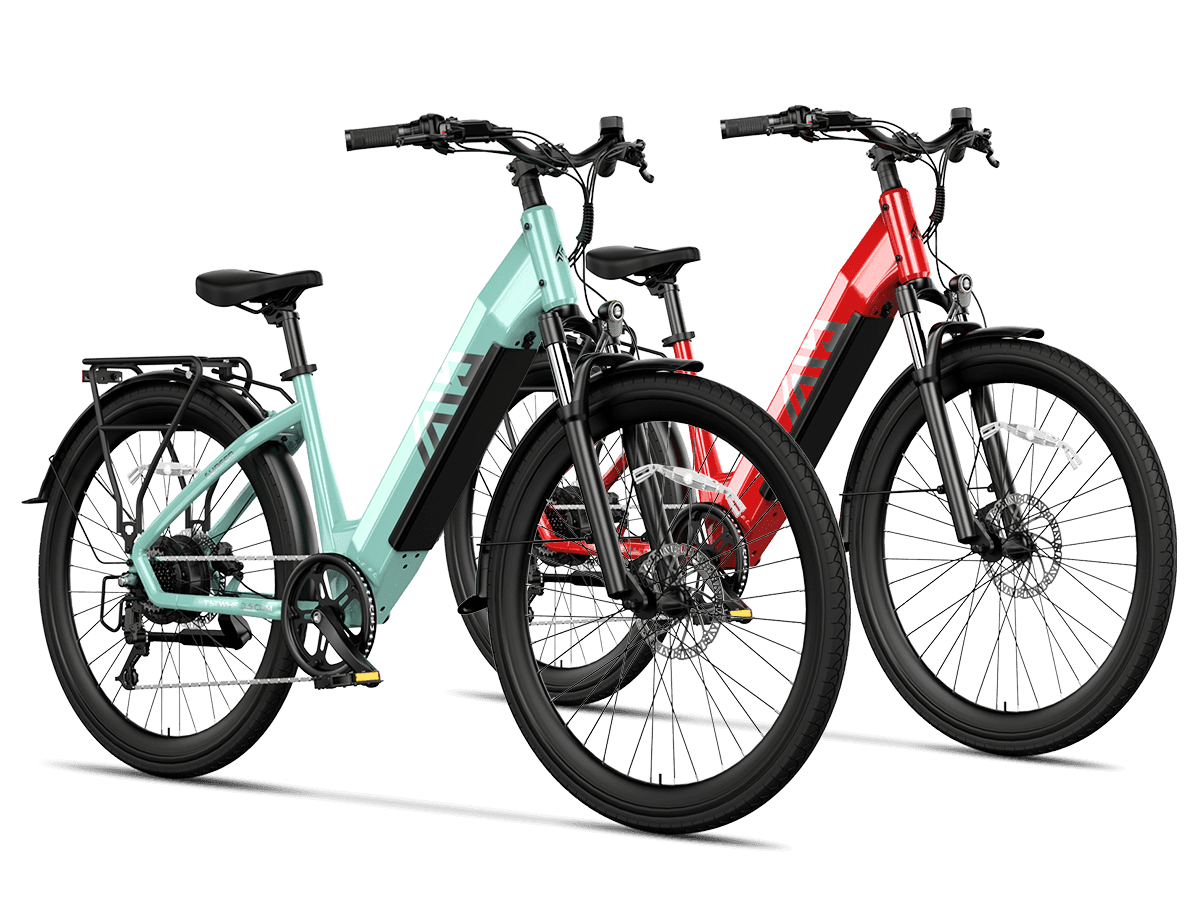
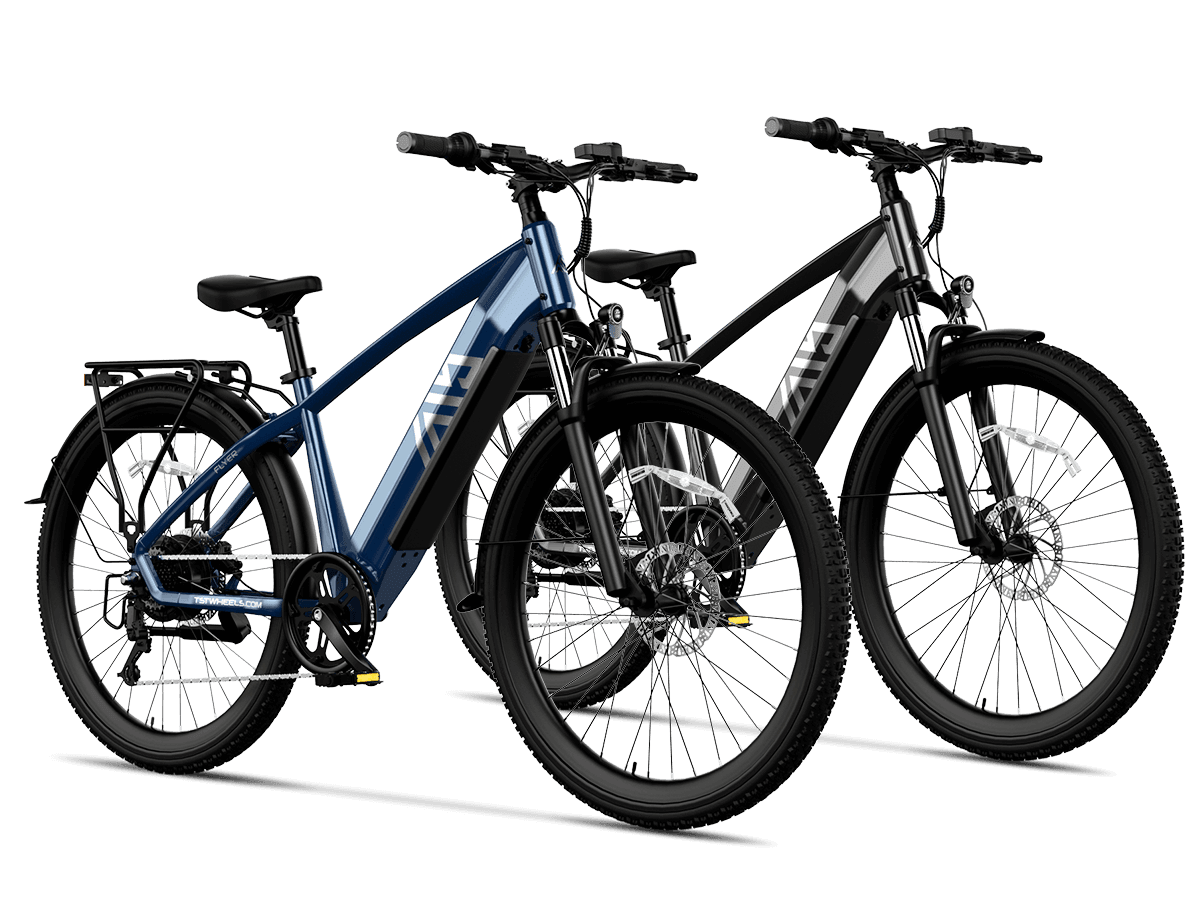
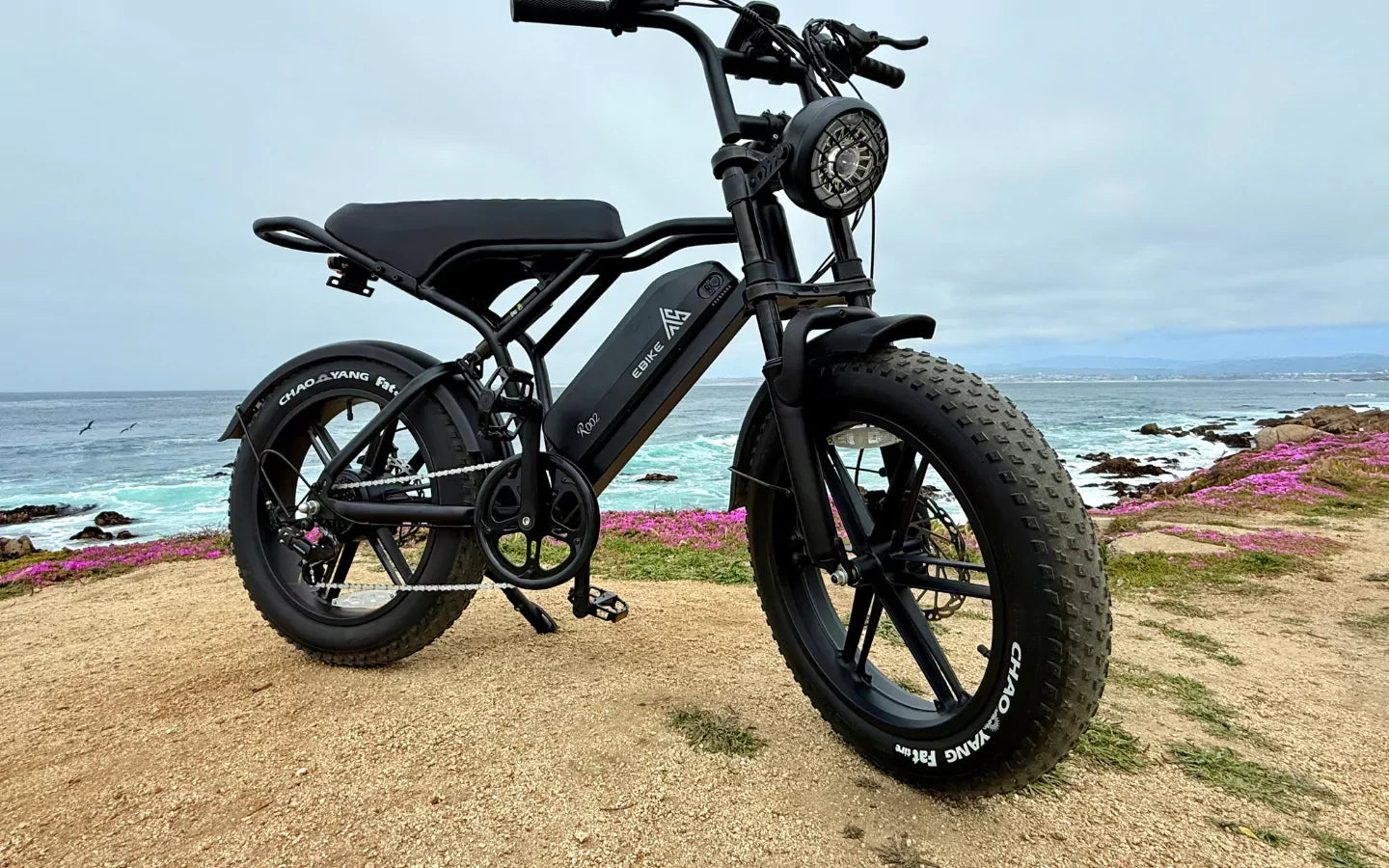
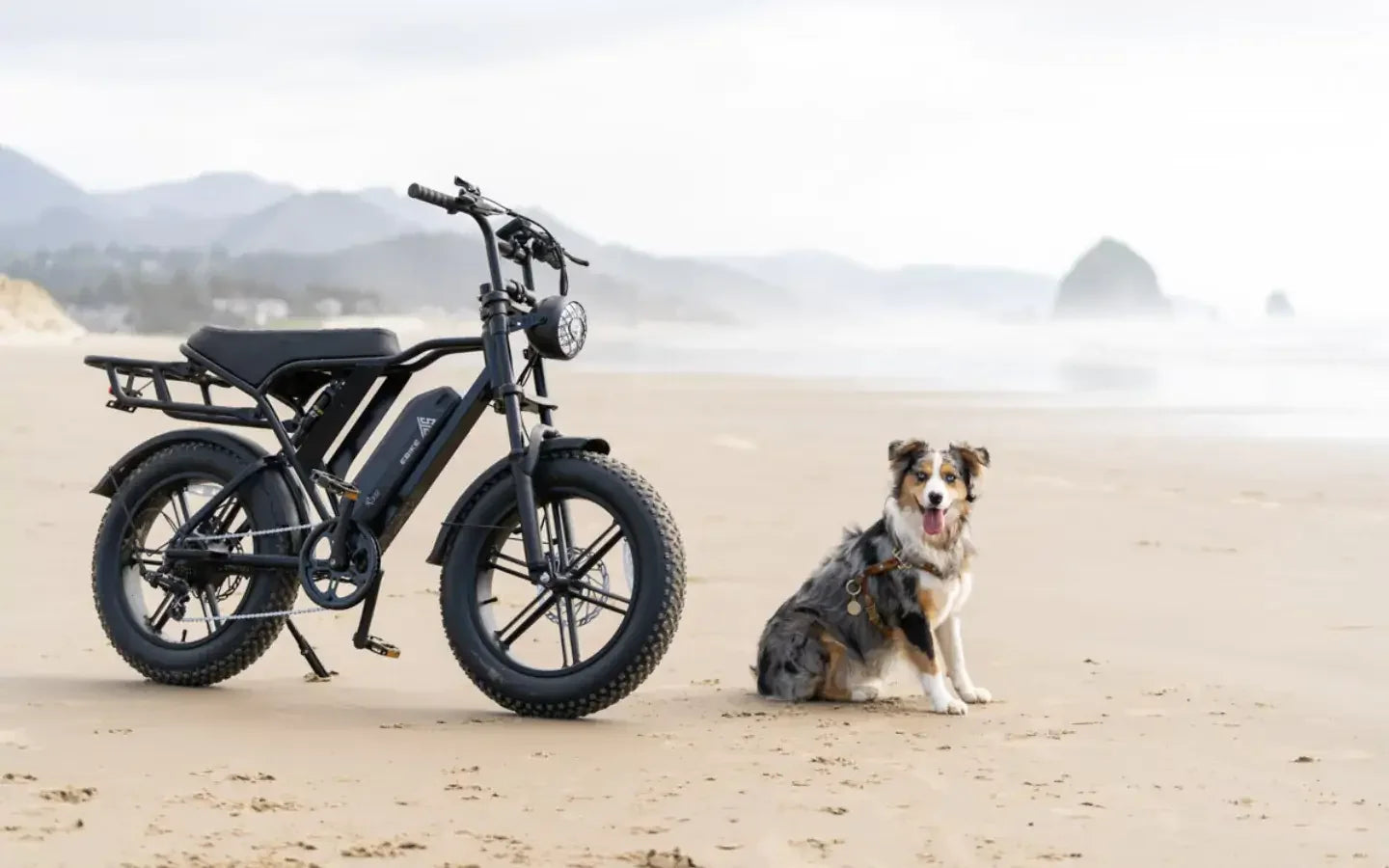
Leave a comment
This site is protected by hCaptcha and the hCaptcha Privacy Policy and Terms of Service apply.